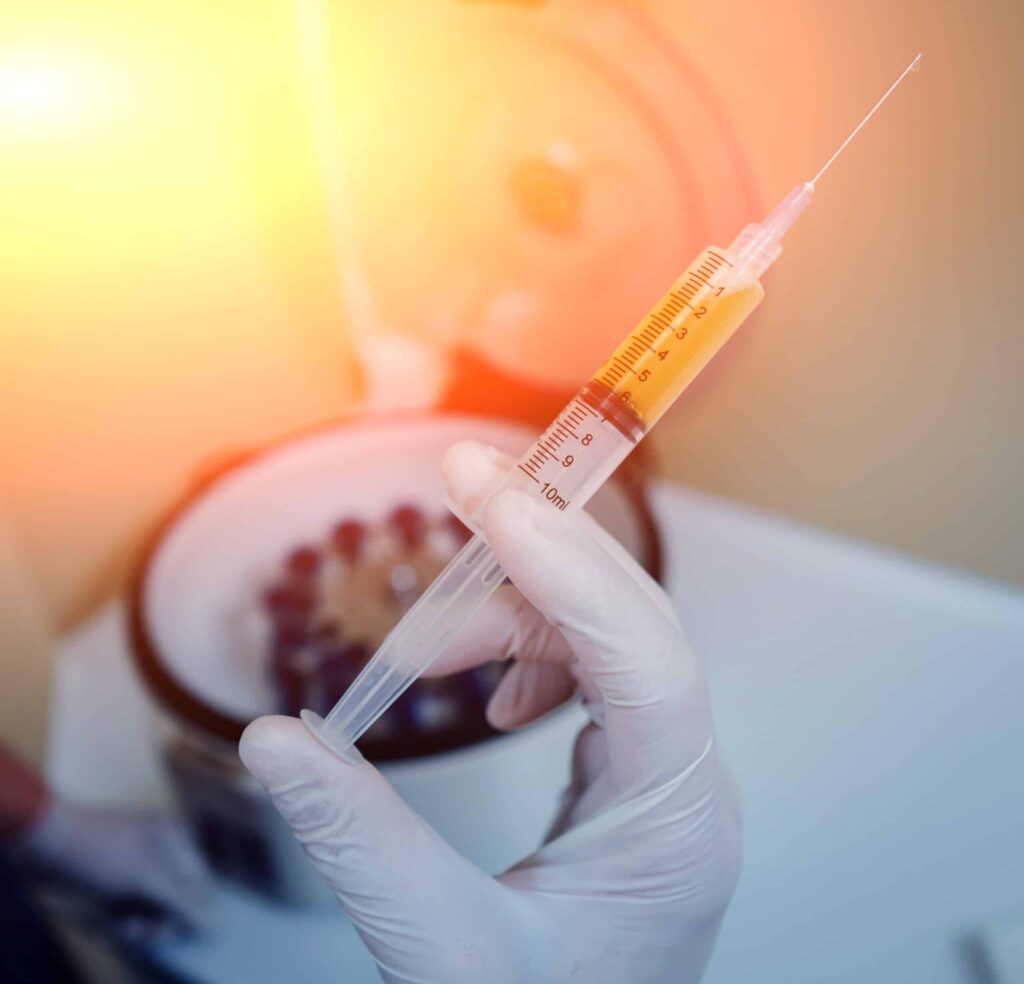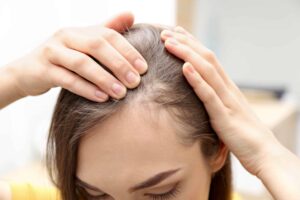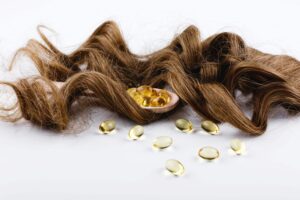
Postpartum Hair Loss: Losing Hair After Pregnancy
Postpartum Hair Loss: Losing Hair After Pregnancy Many women seem to experience some amount of hair loss after giving birth, and for some it can be quite severe. The unpleasant surprise of sudden hair loss after childbirth may be perfectly













